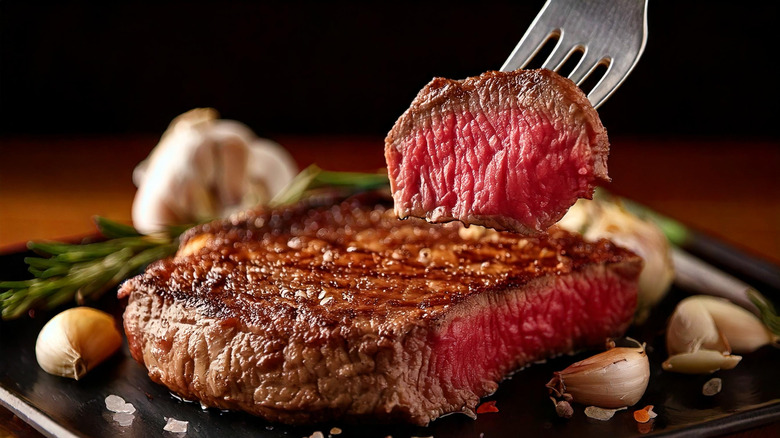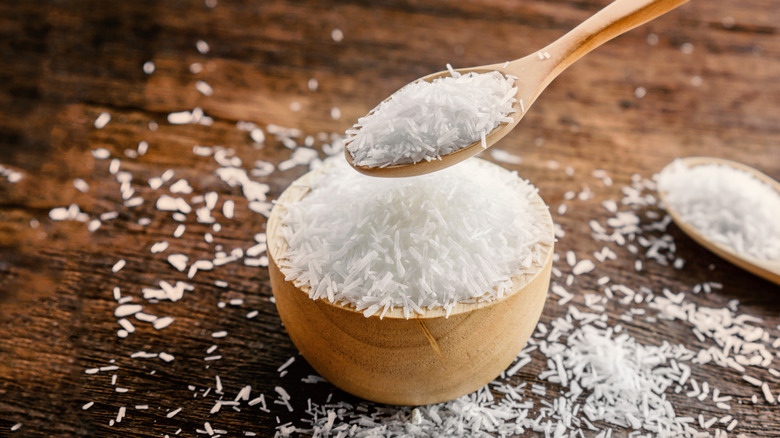The Umami Ingredient That Gives Steak Unbeatable Flavor
Steak is a worldwide favorite, loved for its delicious flavor and satisfying texture. While factors like the best cut of steak, grade, and cooking method certainly matter, there's one ingredient that can take your steak to the next level: MSG (monosodium glutamate). MSG is the sodium salt of glutamic acid, an amino acid found naturally in many foods, including steak itself. It's this glutamic acid that unlocks the fifth taste known as umami — that deep, satisfying element that makes steak, mushrooms, and aged cheeses so irresistibly savory.
The discovery of umami, and later MSG, dates back to the early 1900s in Japan. Intrigued by the meaty taste of traditional seaweed broth, chemist Kikunae Ikeda sought to uncover its source. He discovered that glutamate was the key component responsible for this distinct flavor, which he named umami. This groundbreaking discovery laid the foundation for the global production and use of MSG as a flavor enhancer.
When using MSG on steak, a little goes a long way. Half a teaspoon evenly sprinkled over a pound of steak is enough to boost its flavor and create a piquant layer. It's best to go lighter on the salt when using MSG, as it amplifies the natural flavors of the meat, reducing the need for added sodium.
MSG tastes great in dishes beyond steak
Since MSG is a powerful umami booster, many dishes — and even cocktails like martinis or gimlets — can benefit from including this ingredient. Try adding a pinch to chicken, pork, or seafood before cooking, as it's a great way to enhance the meaty notes of these entrees. MSG also helps tenderize meat by breaking down the muscle fibers, resulting in a juicier, more tender texture. You can even improve the taste of a jarred spaghetti sauce by using MSG — it will help create an even richer, savory profile that pairs beautifully with a delicious pasta main.
Soups and stews also benefit from a touch of MSG. Imagine a chicken vegetable stew with an extra layer of depth, or a hearty beef and Guinness stew with even bolder flavors. You can even add this umami enhancer to breakfast classics like scrambled eggs to elevate their taste, pairing them with ketchup on the side for a sweet contrast. Adding MSG to salad dressings can also bring a welcome tangy boost, particularly for dishes like Caesar salad or a mesclun and goat cheese salad with a balsamic reduction.
The key is to use MSG sparingly, as too much can create an overwhelmingly pungent flavor. Remember that many meaty foods already contain glutamate, which naturally contributes to their inherent umami taste.


